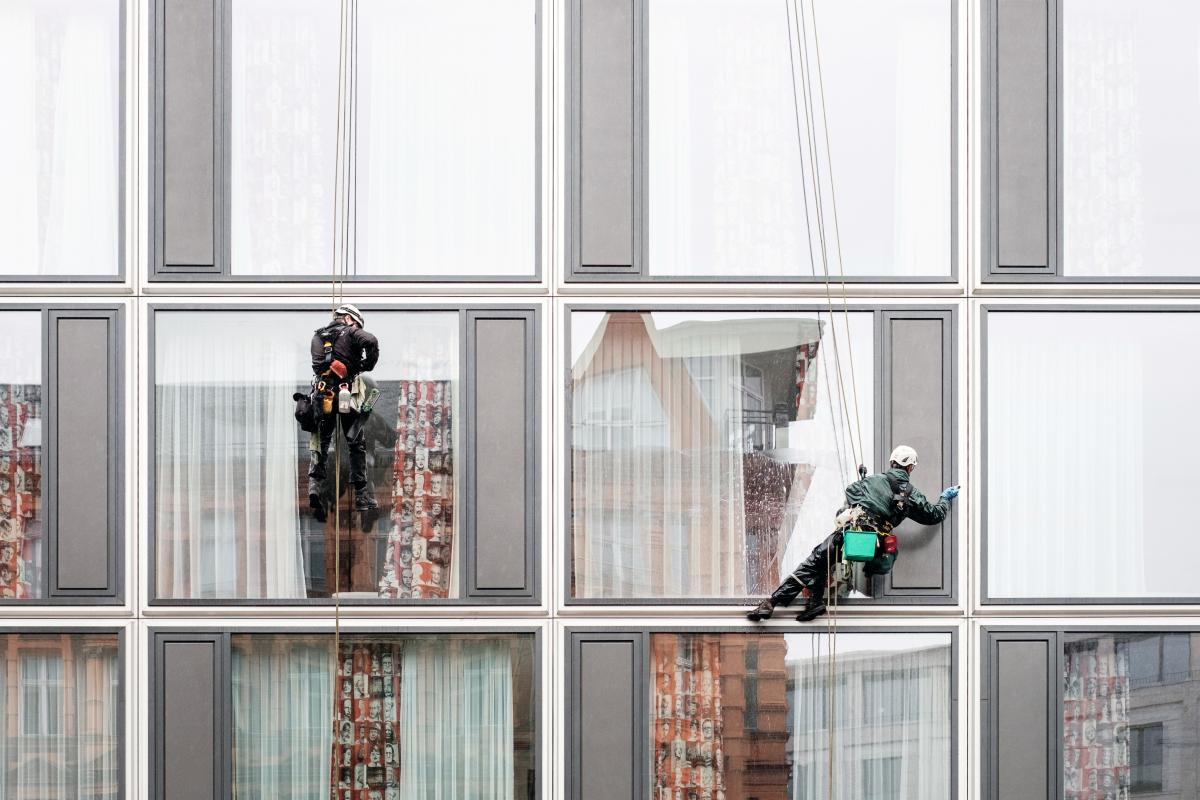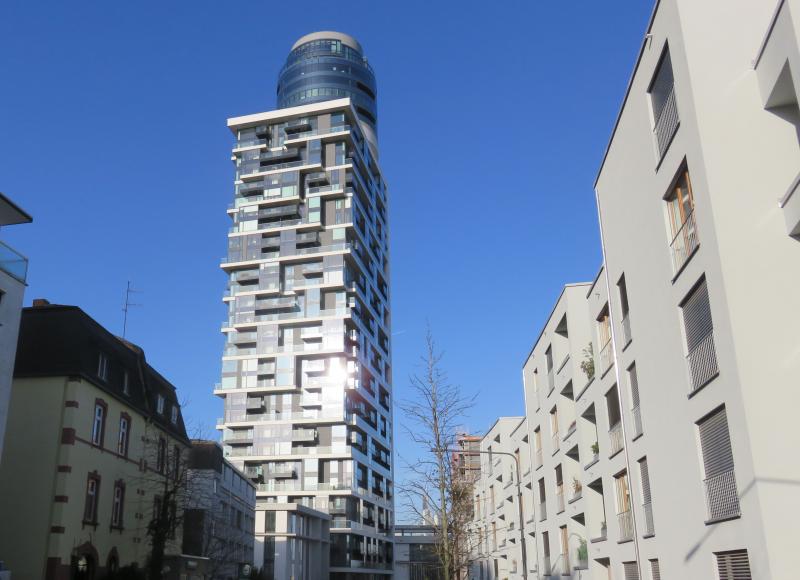The 27,000-Room Hotel
The 27,000-Room Hotel
Our survey on hotel construction in Germany, which we compiled together with benchmark. REAL Estate, predicts tremendous growth: The roughly 27,000 hotel rooms that are expected to come on-stream in 2019 would suffice to accommodate the population of a mid-size city. Exciting to watch is a trend beyond classic hotel accommodation that is gaining ground even outside the major cities.
Urban tourism in Germany keeps growing – and with it the number of new hotel rooms. After a year-on-year increase by 70 %, more rooms will have come on-stream by year-end 2019 than in any other year. This is the key finding of our fourth analysis of the building activity on the German hotel real estate market. Germany is a travel destination equally attractive for domestic and foreign tourists. But although the number of incoming tourists from abroad keeps rising, the elevated demand on the German hospitality market is generated mainly by domestic tourists and business travellers. Indeed, domestic tourism accounts for three out of four overnight stays in Germany, safeguarding the sector against possible crises abroad.
For the longest time, the building activity in this sector used to concentrate on Germany’s “Big Seven” cities. Lately, however, more and more mid-size cities have moved into focus for property developers and investors. Given that the shift coincides with the growth in tourism demand, the displacement effects will probably be negligible.
Enormous Surge in Completions, Driven Primarily by Chains
People are drawn to cities these days, and the trend is reflected even in tourism. Germany’s major cities experienced a disproportionate increase in overnight stays. Hot spots of the relevant building activity include Munich, Berlin and Frankfurt am Main. Munich reported the highest number of completions (9,582 rooms) for the past five years, while Frankfurt had the highest number of new hotel rooms (2,455) in 2018, thereby claiming the largest completions volume within the past ten years. The building activity in Berlin is more subdued.
There is a manifest trend toward midsize hotels and a higher number of rooms per operation (between 80 and 100 rooms). On the whole, Class A cities remain the preferred markets for hotel development, and it is where more than half of the new hotel rooms completed in 2018 are located.
The volume of new hotels developed in Germany has gone up sharply in recent years. And while the number of new-build hotel rooms has increased steadily since 2016, it reached an all-time high with 16,282 hotel rooms completed in 2018. The total of over 27,000 hotel rooms that we expect to be completed in 2019 will be spread across 173 businesses. For the sake of comparison: The average completion rate of the past five years was roughly 12,000 new rooms annually.
The rapidly expanding chain hotel industry accounts for the bulk of it, as they operate more than 82 % of the new-build rooms. Accor alone has almost 50,000 hotel rooms in Germany and is expanding rapidly, along with other groups like B&B, Novum or IHG.
But property development volumes are also expected to grow in markets outside the Class A cities. Property developers and investors are increasingly shifting their focus to midsize and small towns.
Steering Clear of Luxury
The so-called “midscale” and “upscale” categories (meaning three- and four-star hotels, respectively) were the preferred types among the hotel rooms completed in 2018. Boasting a share of over 85 % of the new rooms, these hotel categories define the new-build construction market. Dominant hotel brands of these categories include Motel One as well as Hampton by Hilton, Ibis Styles and Holiday Inn Express.
By contrast, the share of low-priced rooms has taken a nosedive. While one in three rooms belonged in the “budget/economy” category as recently as 2014, the share was down to roughly 14 % of new-build rooms by 2018. Luxury hotels have never made up more than a fraction of the completions volume on Germany’s hospitality market (less than 1 % in 2018). The high locational requirements of this hotel category severely limit expansions in German cities.
Long-Stay Hotels: from a Niche product to a New Trend
Striking to note is the increase in long-stay hotels that are designed for extended sojourns – around 15 % of all hotel rooms completed lately represent long-stay products, most of which feature a small kitchen. They have come to prominence particularly in markets plagued by housing shortages but also in response to growing mobility in the world of employment. The increase in absolute numbers may be comparatively small. But with an average growth of 11 % between 2016 and 2018, new-build construction in this segment far exceeded the rates of 2 % to 7 % of previous years.
The three Class A cities Frankfurt, Berlin and Munich accounted for nearly half (47 %) of all long-stay rooms completed since 2016. These cities are highly frequented by business travellers, and five new pure apartment hotels opened in Frankfurt alone during the past three years. But while most long-stay rooms were created in the seven Class A cities, there has been a brisk development of apartment hotels in Class B cities, too. Since 2015, the number of new long-stay rooms in cities of this category has grown much faster than in A-, C- or D-class cities.
Outlook: Substantial Growth Expected in B- and C-Class Cities
Forecasts for 2019 and 2020 predict that the category will jump the mark of 10,000 rooms in the Class A cities for the first time. Specifically Düsseldorf, Cologne and Stuttgart will see higher completions volumes. But compared to previous years, the fastest growth is reported from B- and C-class cities: Completion rates in Class B cities, for one, are expected to climb to around 4,000 rooms annually – having so far peaked at around 1,800 rooms in 2018. The cities topping the list are Mannheim and Leipzig with 1,500 newly completed hotel rooms each. Among the Class C cities, Offenbach am Main and Regensburg top the ranking with about 980 and 870 new hotel rooms, respectively.
Note: You are welcome to download the full-length survey (German). For press information (German), click here.
Contact person: Silvia Beck, Head of Branch Frankfurt at bulwiengesa, beck [at] bulwiengesa.de








